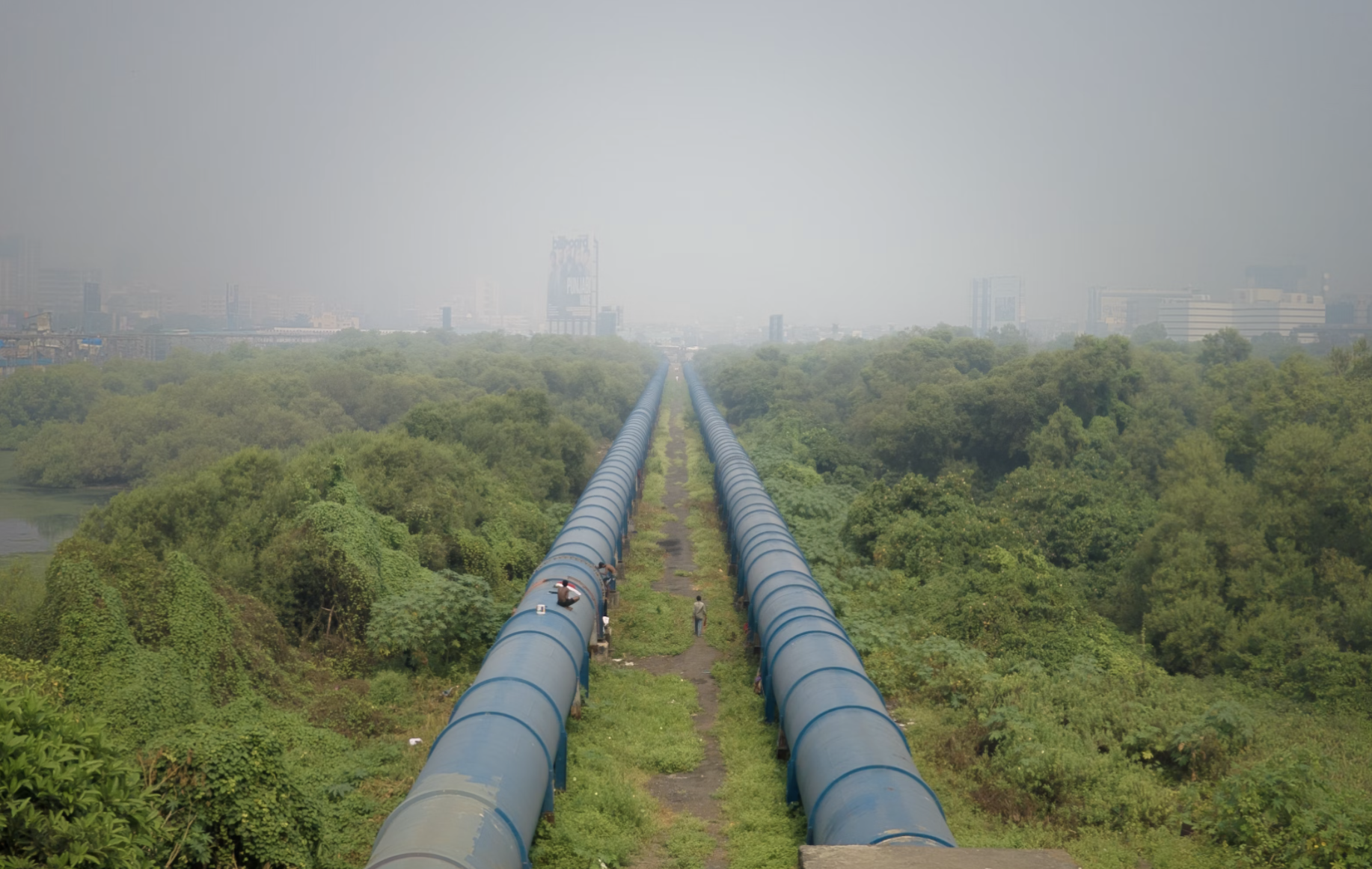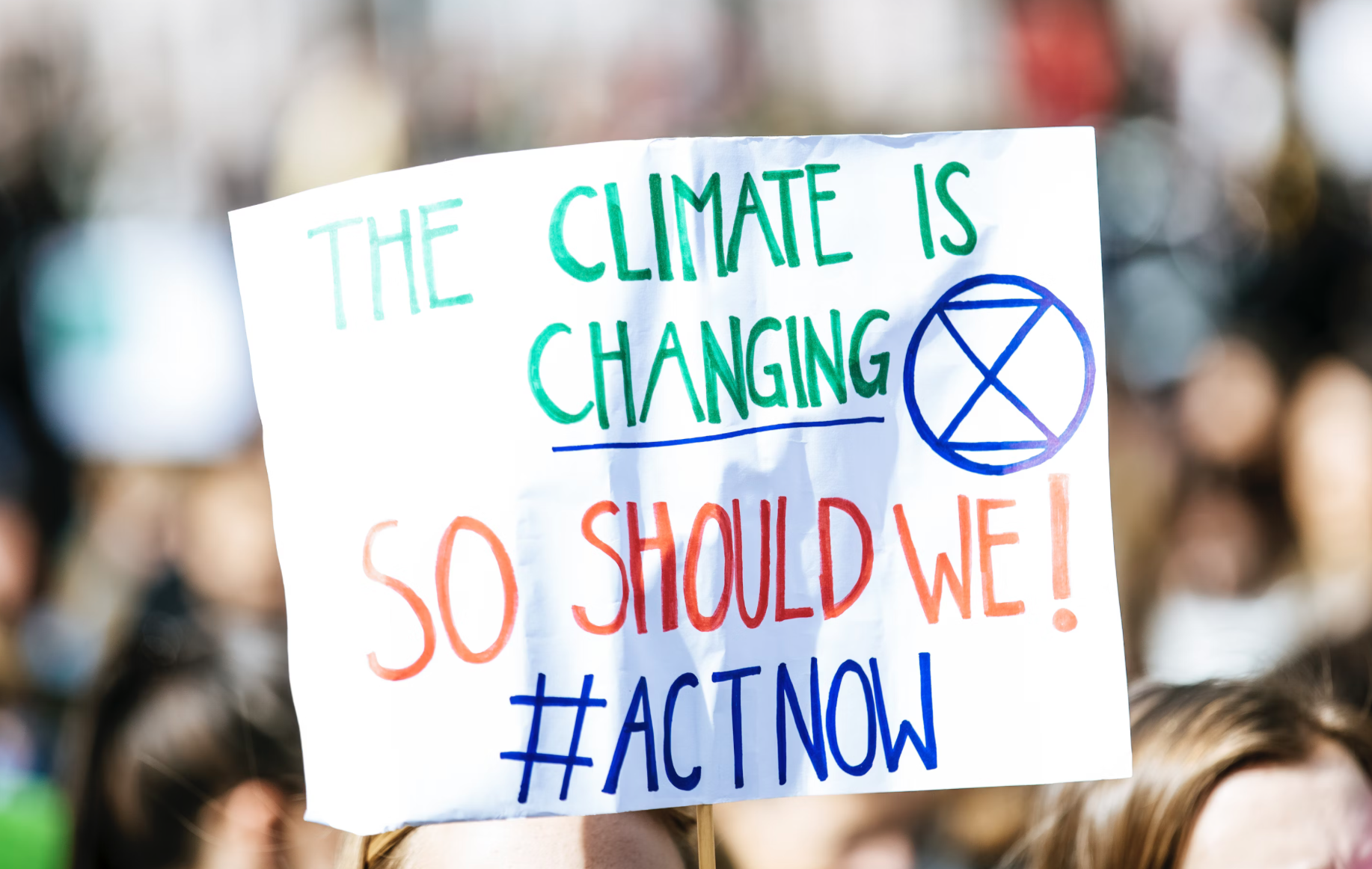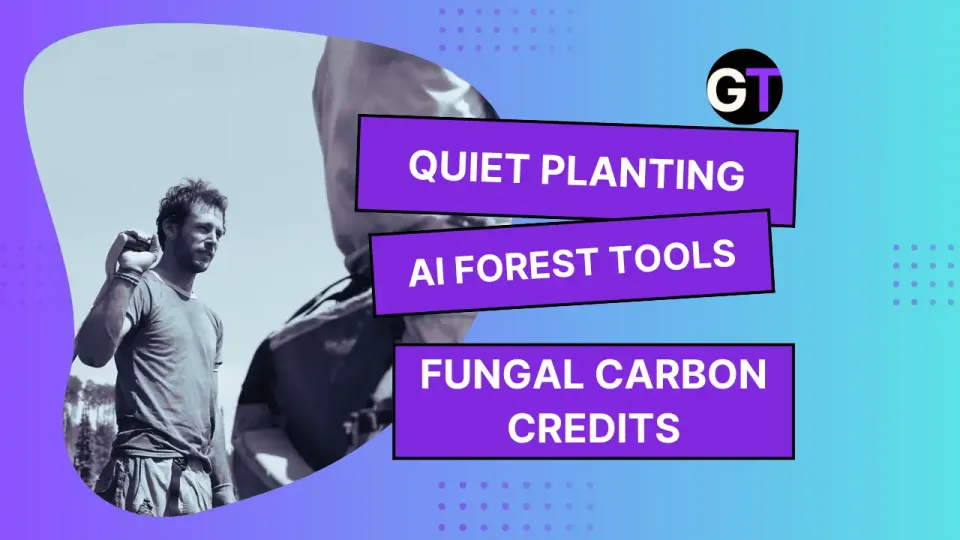The Air We Breathe: Interview with Sachit Mahajan 💨
"It really bridges that gap between what’s measured officially and what people actually experience on the ground," he said.

In an age where environmental concerns are becoming more urgent, citizen-centric projects like Soc-IoT are helping everyday people play an active role in monitoring and protecting their surroundings. Air pollution, in particular, affects millions globally, yet reliable data is often limited due to the cost and complexity of traditional monitoring systems.
Soc-IoT steps in to bridge that gap by offering an open-source solution that empowers both citizens and experts to gather and analyze air quality data with ease. By making technology more accessible, Soc-IoT is creating a community-driven approach to environmental monitoring.
Sachit Mahajan, the lead developer of Soc-IoT, is a researcher at ETH Zurich specializing in computational social science. His work focuses on integrating citizen engagement and technological innovation to tackle pressing environmental issues, particularly air pollution . We recently spoke with Sachit to learn more about his project and how open-source citizen science is making a difference in the environmental field.
Why do you believe open environmental data is so crucial in today’s world, particularly in the context of air quality and pollution monitoring?
Open environmental data is so important today because it brings everyone into the conversation. When it comes to air quality and pollution, it means communities don’t have to rely just on government reports, which might not always tell the whole story—especially if they’re limited in what they cover. Open data levels the playing field; everyone, whether you're a local resident, anactivist, or a policymaker, has access to the same information.
And that’s powerful. It means people can see what’s happening in their own neighborhoods, advocate for change, and take steps to protect their health. It also helps create a partnership between the community and official monitoring programs.
Instead of just having government experts doing all the work, open data allows communities to get involved, add local knowledge, and feel a sense of ownership. It really bridges that gap between what’s measured officially and what people actually experience on the ground, making it a shared effort to create healthier, more resilient environments.
An inspiring #CitizenScience project dedicated to Indoor #AirQuality! Together with citizens living in Zurich and scientists from @ETH_en we monitor the air in our homes in Zurich.https://t.co/VOoHhrSFfn #CitSciMonth pic.twitter.com/IB47rvCzE6
— Citizen Science Zurich (@CitSciZurich_en) April 4, 2023
What impact do you hope open data from the Soc-IoT framework will have on transparency and public trust in environmental policies and actions?
The big hope for open data from the Soc-IoT framework is that it really changes the game when it comes to transparency and public trust. When citizens have access to the same environmental data as government agencies, it adds a whole layer of accountability. It’s not just “trust us, we’ve got this”—people can see the data for themselves, in real time, and understand exactly what's going on i their environment.
This kind of transparency also opens up opportunities for working together. It’s not just about officials making decisions and communities following along. Instead, citizens can actively contribute data, add their local insights, and even point out discrepancies. This collaboration can make policies more informed and grounded in what’s actually happening on the streets and in neighborhoods.
Plus, there’s a huge opportunity here for citizen-generated data to be used as evidence in policymaking. Imagine local communities collecting air quality data, and then that validated data becoming a part of the conversation when policies on traffic management or industrial emissions are being shaped. It’s about making sure policies aren’t just handed down from above—they’re shaped by the very people who are affected the most.

Why is it important for citizens to engage with environmental data? How does Soc-IoT facilitate this engagement in a meaningful way?
Getting citizens involved with environmental data is crucial because it turns concern into action. It’s one thing to know pollution is a problem; it’s another to actually see the numbers and understand how it’s affecting you in real time. When people can see spikes in particulate matter in their neighborhood or notice pollution trends over time, they become a lot more invested in finding solutions, because it directly impacts their health and quality of life.
Soc-IoT tries to make this kind of engagement accessible by breaking down the barriers that usually keep people from getting involved. It’s not just a bunch of numbers on a screen—it's real-time data presented in a way that’s easy to understand. The tools are intuitive, so you don’t need to be a data scientist to figure out what's going on.
Soc-IoT gives citizens the ability to not just collect data, but also analyze and visualize it, turning them from passive bystanders into active contributors to improving their environment. It’s all about making people feel like they have the power to make a difference—and giving them the tools to do it.
Do you believe there is an over-reliance on experts in the environmental sector, and how does Soc-IoT help bridge the gap between experts and non-experts? Why is it important to empower citizens to engage with and interpret environmental data themselves?
There is definitely an over-reliance on experts in the environmental sector, which can limit broader public engagement. While experts provide essential knowledge, they often work with data that lacks the nuance of local context.
Soc-IoT helps bridge this gap by enabling citizens to engage directly with environmental monitoring, adding their contextual understanding to the collected data. This local knowledge—like understanding specific neighborhood activities that influence pollution or recognizing patterns in community health responses—is invaluable and often missed in expert-only analyses.
Soc-IoT turns environmental monitoring into a collective effort, tapping into what we call "collective intelligence." This means the insights gained are not just from numbers on a screen, but enriched by lived experiences and local context.
Empowering citizens to interpret environmental data brings more voices to the conversation, ensuring that policies and actions are more inclusive and grounded in the realities of everyday life. It makes environmental management more dynamic and responsive, and it encourages collaborative problem-solving that goes beyond top-down, expert-driven interventions.
When people are empowered to add their knowledge to the data, it transforms environmental stewardship into a shared responsibility—one that integrates both scientific rigor and community insight for better outcomes.
Do you think data democratization is a difficult goal to achieve for citizens, given the technical barriers and data complexity? How does Soc-IoT help overcome these challenges, and what more needs to be done to make environmental data truly accessible to everyone?
Data democratization is undoubtedly challenging, especially given the technical barriers and complexity involved in analyzing environmental data. Many traditional tools and systems are designed by experts for experts, which can alienate broader communities. Soc-IoT tries to overcome these challenges by focusing on accessibility—using intuitive, open-source tools that don’t require programming skills and providing visual interfaces that make complex data easy to understand.
However, true data democratization requires more than just simplifying tools; it demands tailored approaches that meet the needs of specific communities. A one-size-fits-all approach doesn’t work because each community has unique concerns, capacities, and ways of understanding their environment.
Soc-IoT’s open and flexible nature allows for adaptation, making it easier to customize data collection and analysis processes to be culturally and contextually relevant. For instance, the way air quality data is presented to a community in a dense urban area might need to be different from how it’s shared with rural communities, taking into account local priorities and capacities.
To make environmental data truly accessible to everyone, we also need to involve communities in co-designing these tools—working together to determine what kind of information matters most to them and how they would like it presented. Additionally, education and outreach are vital; people need to understand not just how to use the tools, but why the data matters and how it impacts their daily lives.

Do you believe the open-source, citizen-centric approach of Soc-IoT can be applied to other environmental monitoring areas, such as water quality or reforestation?
Absolutely, the open-source, citizen-centric approach of Soc-IoT is highly adaptable and can certainly be applied to other areas like water quality monitoring or reforestation. The core principles—community engagement, open access to data, and modular, low-cost sensing—make it a versatile framework that can be extended beyond air quality.
For water quality, for instance, similar low-cost sensor units could be used to track pollutants or indicators like pH and turbidity in local water bodies. Engaging citizens in water monitoring helps fill gaps in data where official monitoring may be sparse, while also promoting awareness about local water safety. The collective intelligence that comes from citizens adding local context—such as identifying specific pollution sources or seasonal variations—can make the data far more actionable for communities.
In the context of reforestation, the framework could be adapted to monitor soil health, microclimate conditions, or tree growth, involving citizens in both data collection and interpretation. By combining sensor data with on-the-ground observations from locals, it enriches the dataset with valuable insights that remote monitoring alone might miss.
Moreover, the open-source nature encourages community- driven innovations—people can modify the sensing units to suit their specific local environments, fostering more grassroots-level environmental stewardship.
What lessons from developing the Soc-IoT framework could be transferred to other pressing environmental challenges where citizen engagement and open data are equally important?
The development of the Soc-IoT framework offers valuable lessons that extend well beyond crowdsourcing data. One of the most important insights is the need to go beyond simply "involving citizens"—it's about truly empowering them. Soc-IoT shifts environmental monitoring from something passive, where data is collected for someone else to interpret, to an active, collaborative process where citizens themselves are co-creators of solutions.
Value-sensitive design is another concept that we need to emphasize more across environmental initiatives. In Soc-IoT, tools are designed not just to gather data, but to reflect the values of those who use them—like community health, transparency, and accessibility.
Applying this value-sensitive approach to other environmental challenges means we need to design solutions that prioritizecommunity needs, cultural relevance, and inclusivity. It’s about making sure the technology fits the people, rather than expecting people to adapt to the technology.
Another key lesson is the need for a deeper engagement model - thinking beyond crowdsourcing to true collective intelligence. Crowdsourcing is powerful, but it can often treat citizens as just data collectors. Soc-IoT shows that if you give people the right tools to analyze and understand the data they collect, they become active stakeholders with insights that add depth to purely numerical data.
Lastly, we must recognize that one-size-fits-all doesn’t work. Different communities have different priorities, capacities, and levels of technical literacy. Soc-IoT's modular and open-source nature allows adaptation—communities can customize how they gather, analyze, and use data based on their unique needs.
This flexibility should be a core principle in tackling other environmental challenges. Solutions must be co-designed with the community to ensure they are contextually relevant and truly empower people to be change-makers in their environment.

Are there other organizations or initiatives in the environmental monitoring or open data space that you believe are doing particularly good work in promoting data transparency and citizen engagement?
There are several organizations leading the way in promoting data transparency and citizen engagement in environmental monitoring. OpenAQ is doing remarkable work by making air quality data openly accessible globally, breaking down barriers and encouraging collaborative efforts to tackle air pollution.
Earthwatch involves citizens directly in field research, collecting critical data on issues like water quality and biodiversity, which empowers individuals and enhances community engagement.
The Global Forest Watch, powered by the World Resources Institute, provides real-time data on deforestation through satellite imagery, making forest management more transparent and actionable. It enables communities to advocate for sustainable practices using reliable, up-to-date information.
CrowdWater is another initiative that involves citizen scientists in monitoring water levels and quality, using a simple app to collect and share data without the need for expensive equipment. This makes water monitoring accessible and community-driven. All these initiatives show how open data and citizen engagement can democratize environmental monitoring, making it possible for anyone to contribute to and benefit




